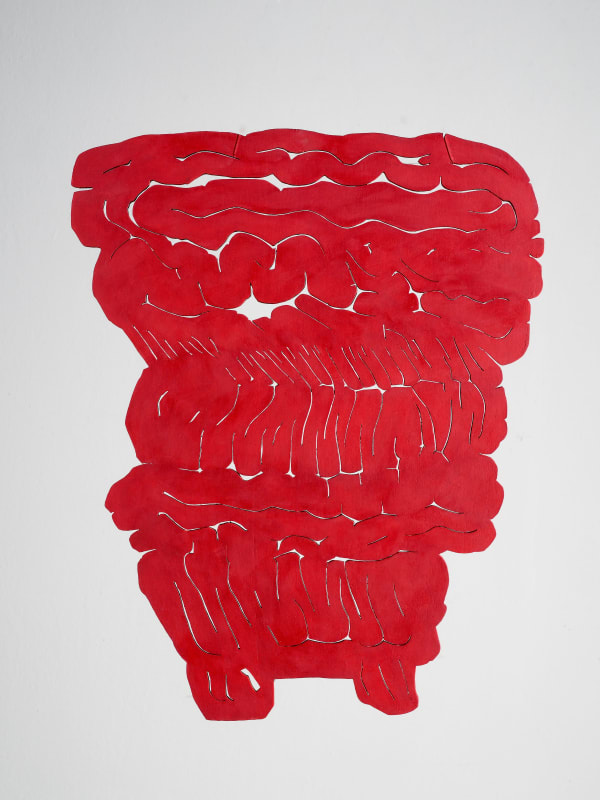Pietro Consagra (Mazara del Vallo, 1920—Milan, 2005) was one of the most influential sculptors of the 20th century. He pioneered a radical redefinition of sculpture through his commitment to abstraction, frontal composition, and the interplay of form and space.
His international reputation grew in the mid-1950s: he received the Premio Metallurgica Matarazzo at the 1955 São Paulo Bienal, and at the 1956 Venice Biennale he was given the Premio Einaudi for sculpture. In 1959 he won the Prix de la Critique (Belgian Critics’ Prize) in Brussels, coinciding with the presentation of his work at Documenta II in Kassel that same year. Consagra was again honored at the Venice Biennale in 1960, where the international jury awarded him the Grand Prize for sculpture. Later career distinctions include the Antonio Feltrinelli Prize for sculpture, bestowed by Rome’s Accademia dei Lincei in 1984. In 1989, the Galleria Nazionale d’Arte Moderna (Rome) organized a major retrospective of Consagra’s work, cementing his legacy as a leading figure in postwar abstract sculpture.
His solo shows include: European Parliament, Strasbourg (2003); Lago Santa Susanna, Rome (1997); the State Hermitage Museum, Saint Petersburg (1991); Marlborough Gerson Gallery, New York, and Museum Boijmans Van Beuningen, Rotterdam (1967); World House, New York; and Palais des Beaux-Arts, Brussels (1958).
His work also has been exhibited at: the Gallerie degli Uffizi, Florence (2022), and MAXXI, Rome (2022); the Mildred Lane Kemper Art Museum, Saint Louis (2015); the Guggenheim Museum, New York (2012); and a major exhibition at the Galleria Nazionale d’Arte Moderna, Rome (2011).
-
 Pietro ConsagraGiardino bianco, 1966painted iron
Pietro ConsagraGiardino bianco, 1966painted iron
cut, bent, welded, and painted sheets118 x 157 x 6 cm
base: 2 x 70 x 40 cmView more details -
 Pietro ConsagraFerro trasparente rosso, 1965painted iron
Pietro ConsagraFerro trasparente rosso, 1965painted iron
cut, bent, welded, and painted sheets and rods94,2 x 75 x 4 cm
base: 0,6 x 55 x 20 cmView more details -
 Pietro ConsagraPiano sospeso bianco, 1964painted wood
Pietro ConsagraPiano sospeso bianco, 1964painted wood
carved and painted panel170 x 154 x 2 cmView more details -
 Pietro ConsagraPiano sospeso rosso, 1964painted wood
Pietro ConsagraPiano sospeso rosso, 1964painted wood
carved and painted panel49,7 x 39,6 x 0,5 cmView more details





